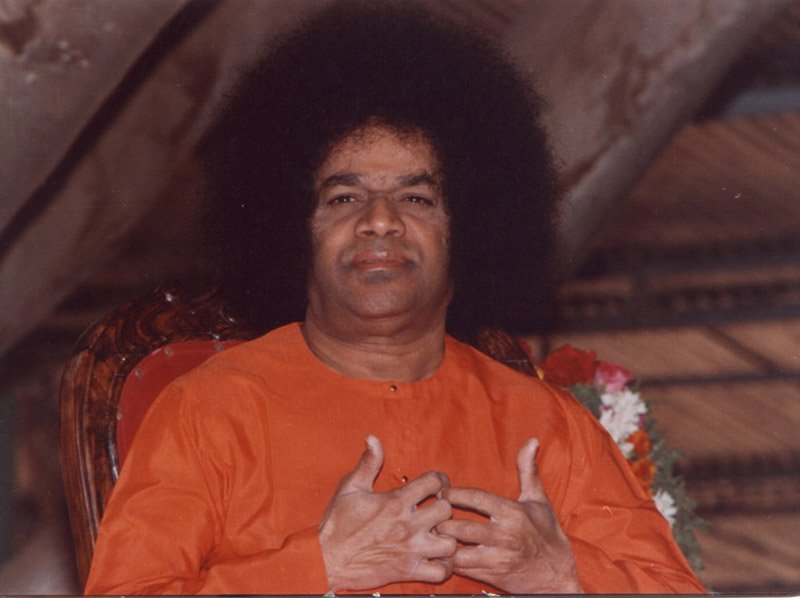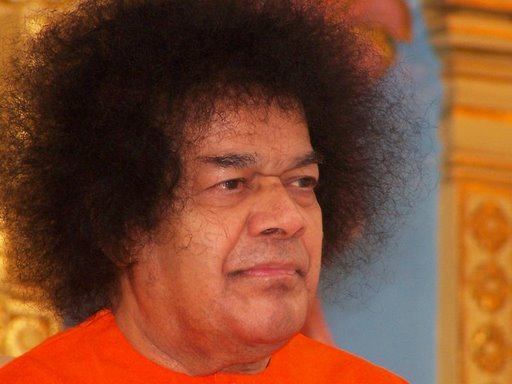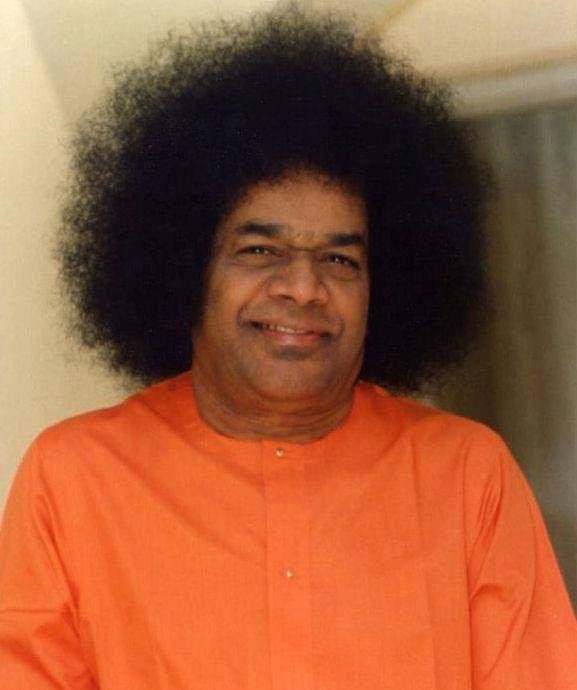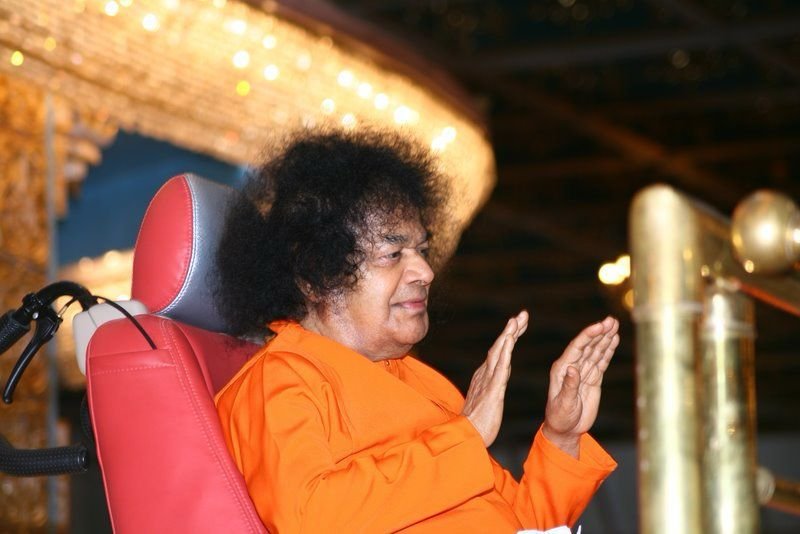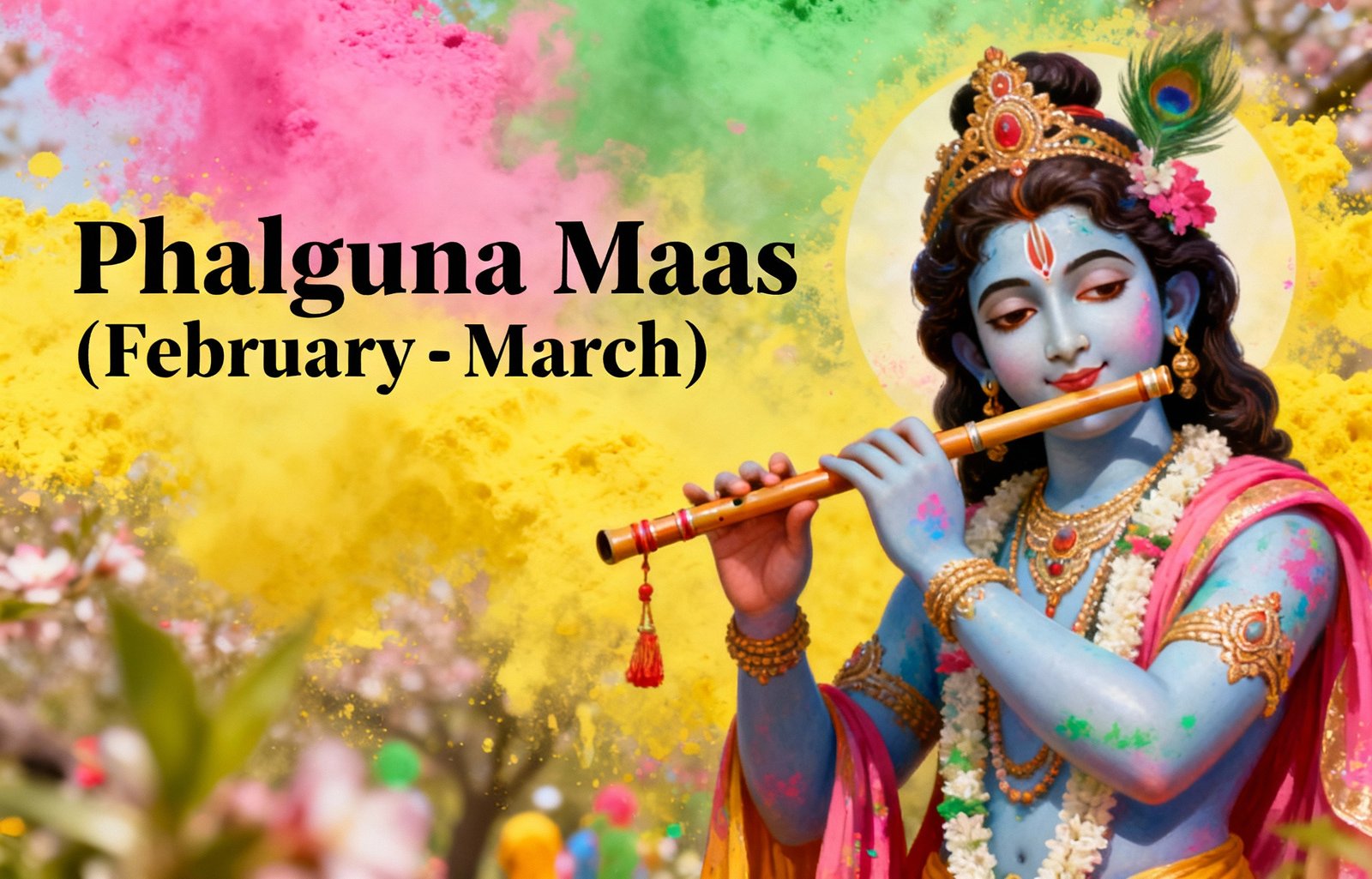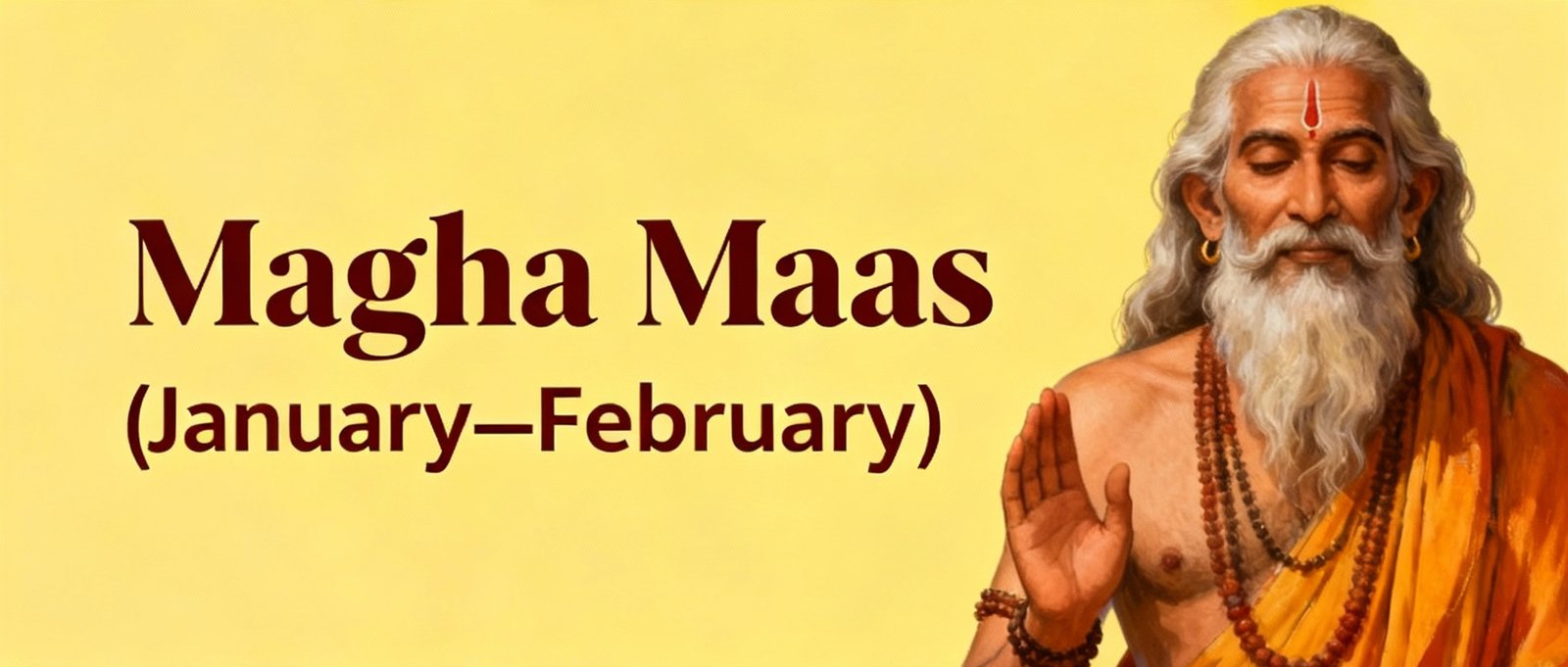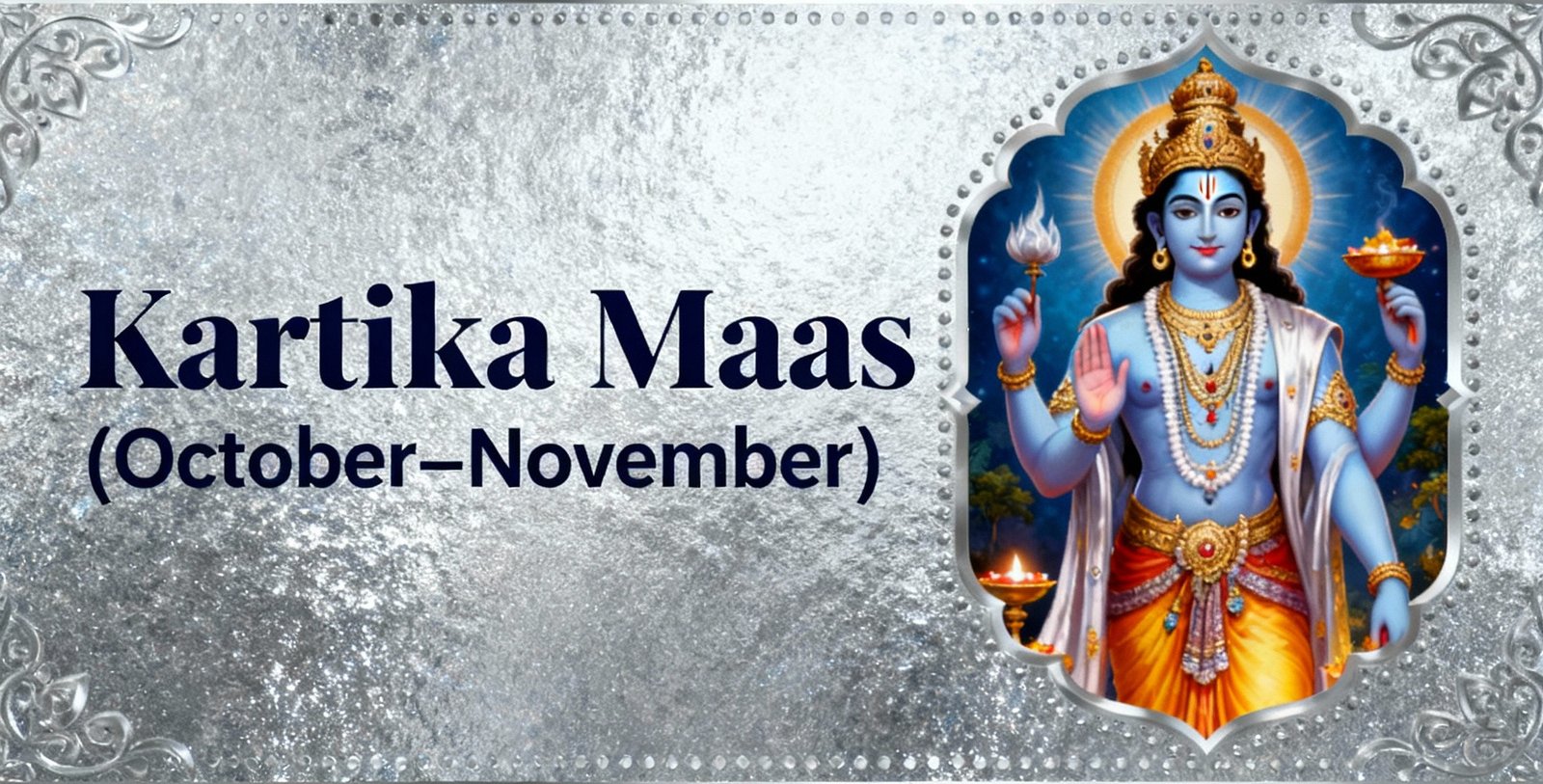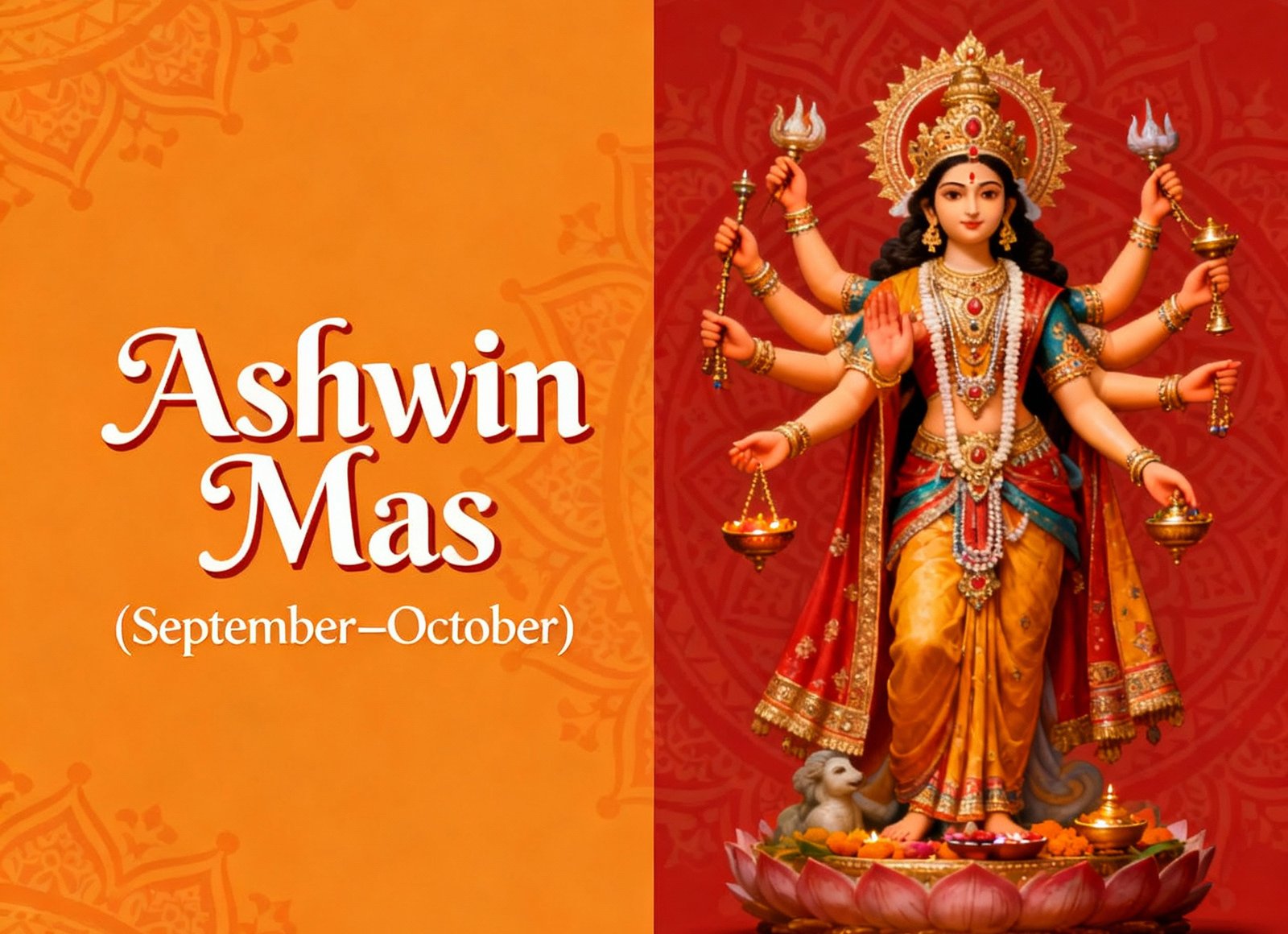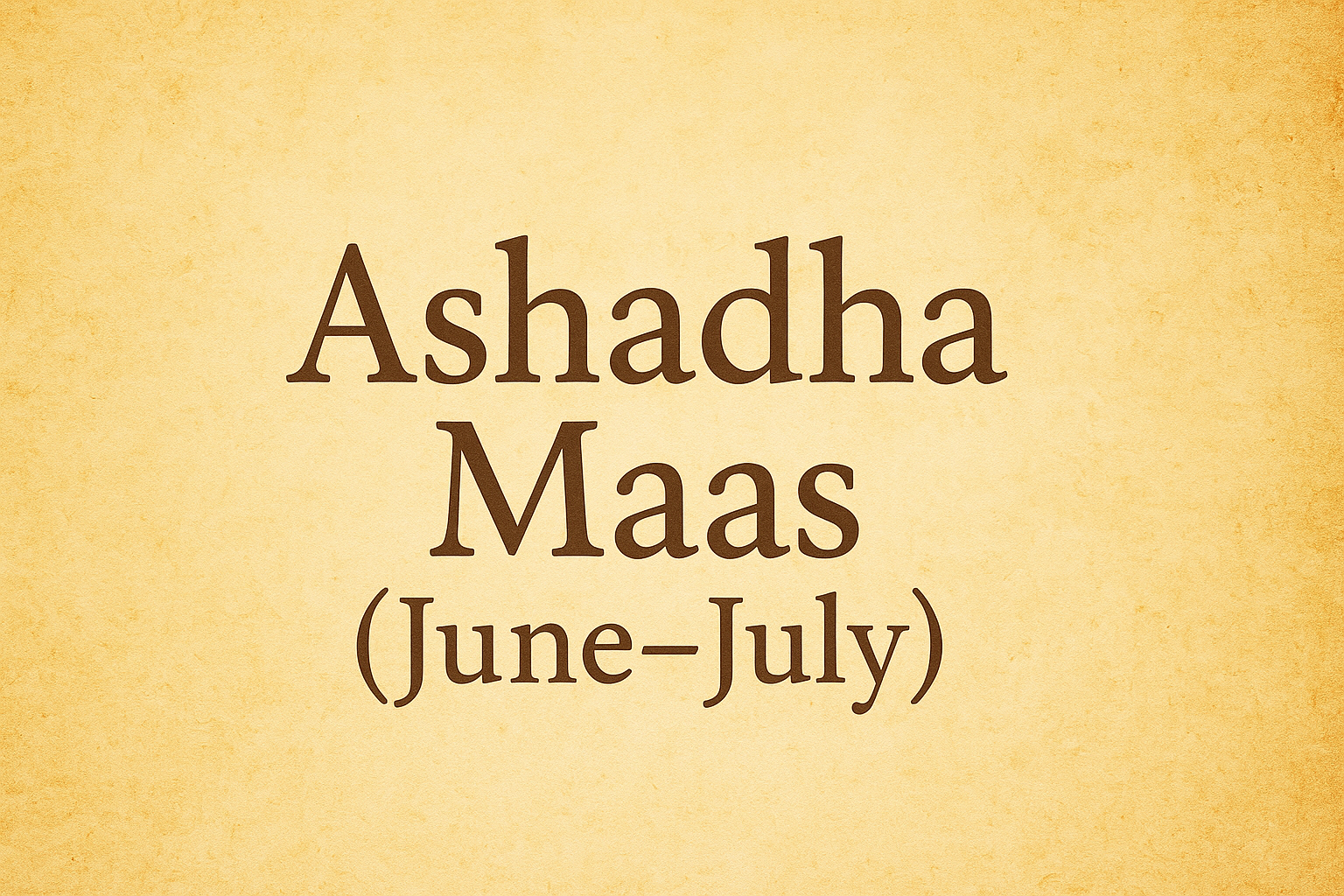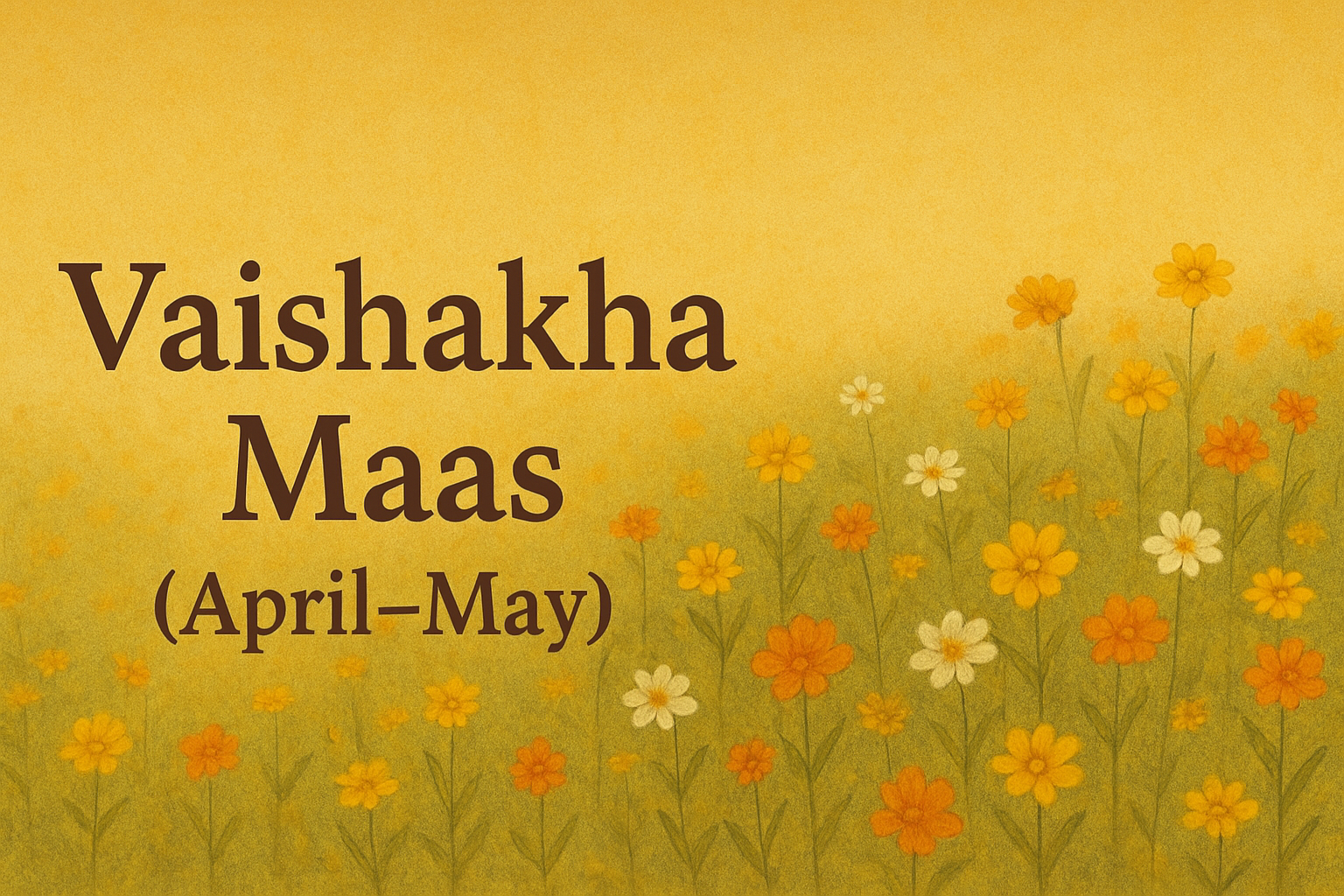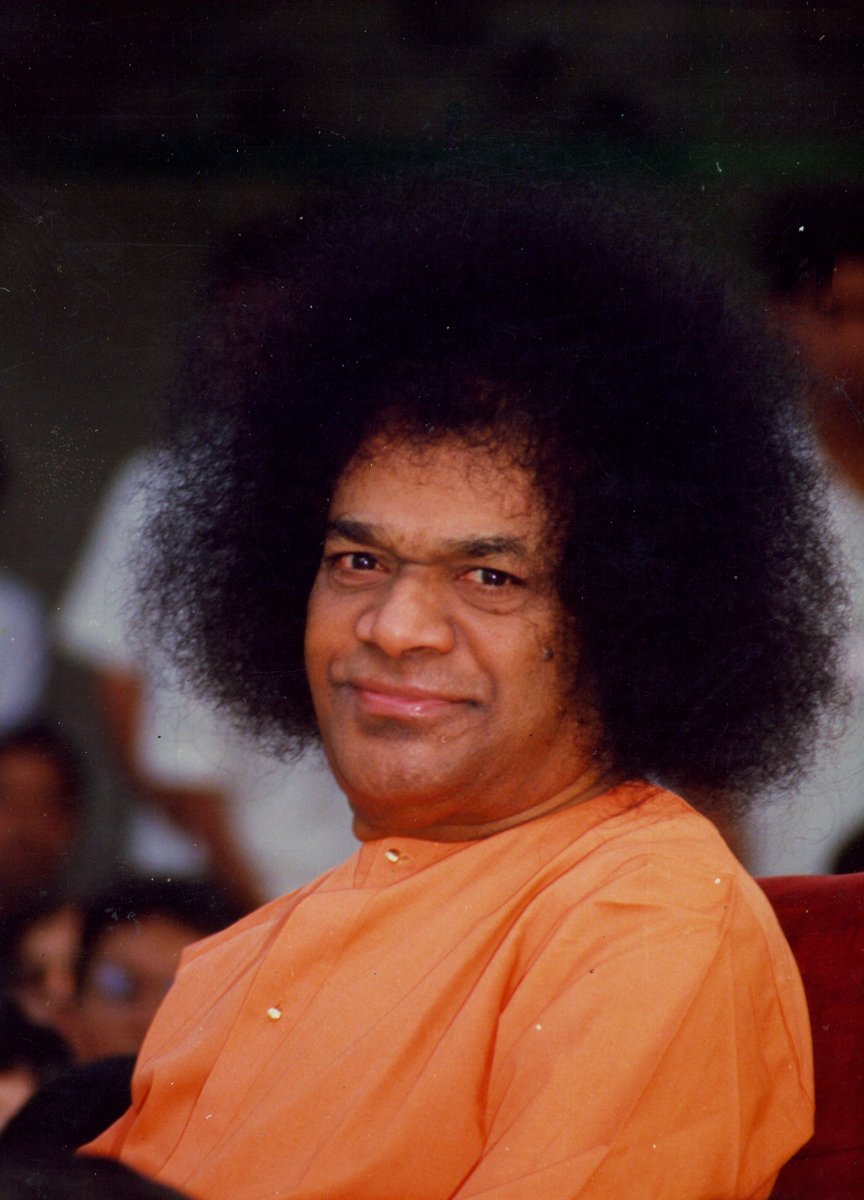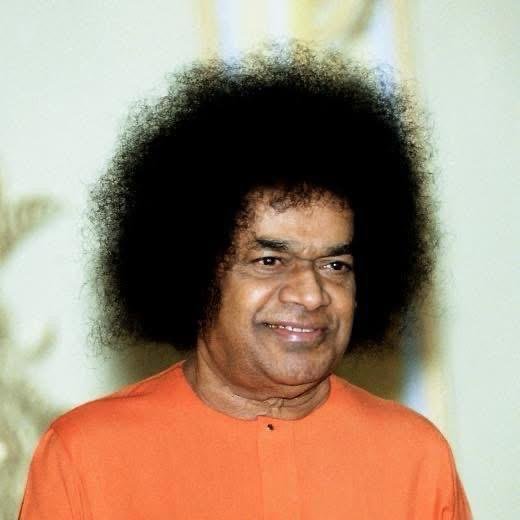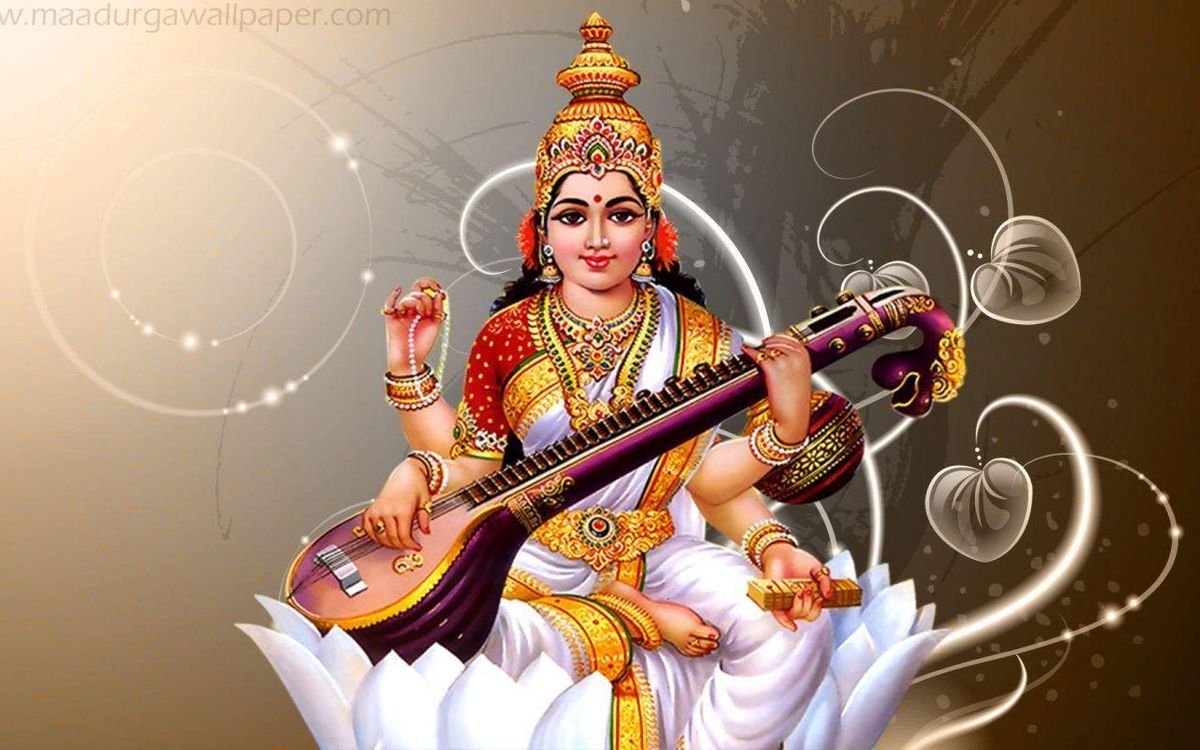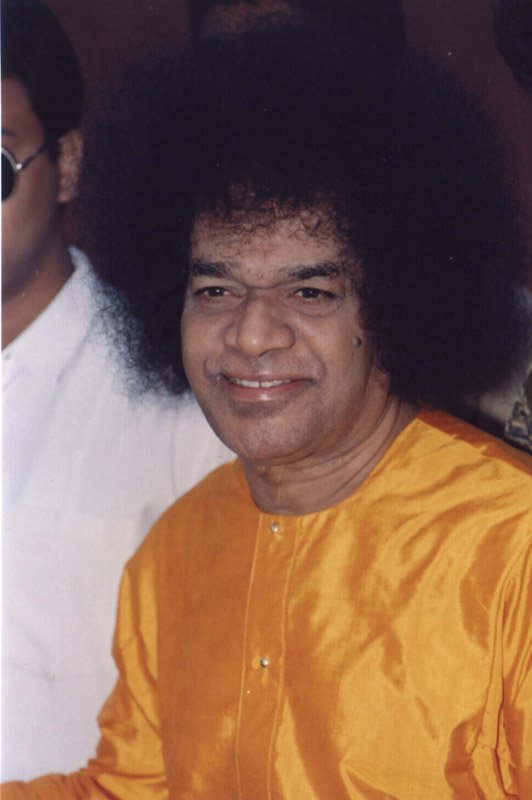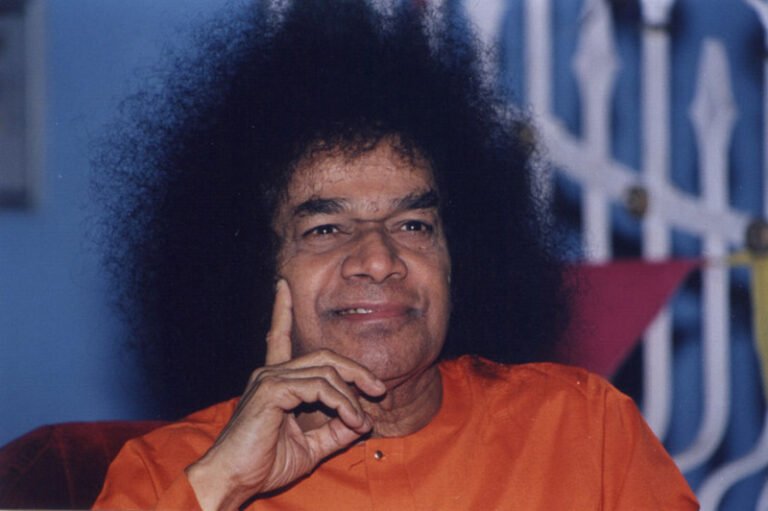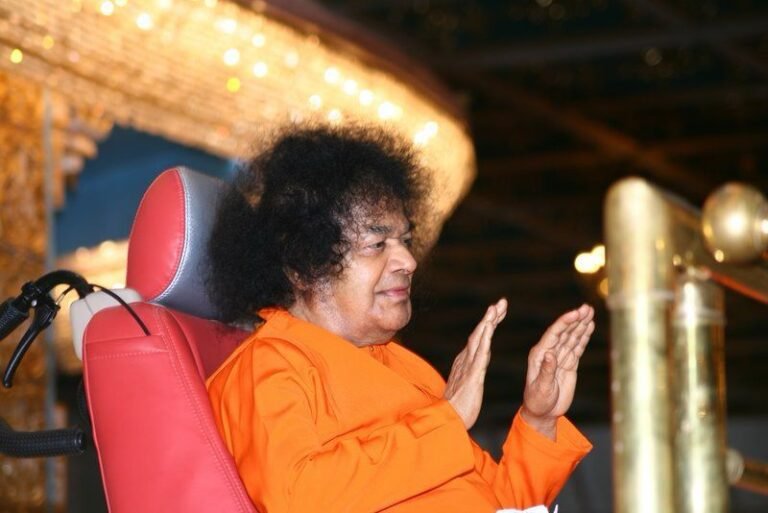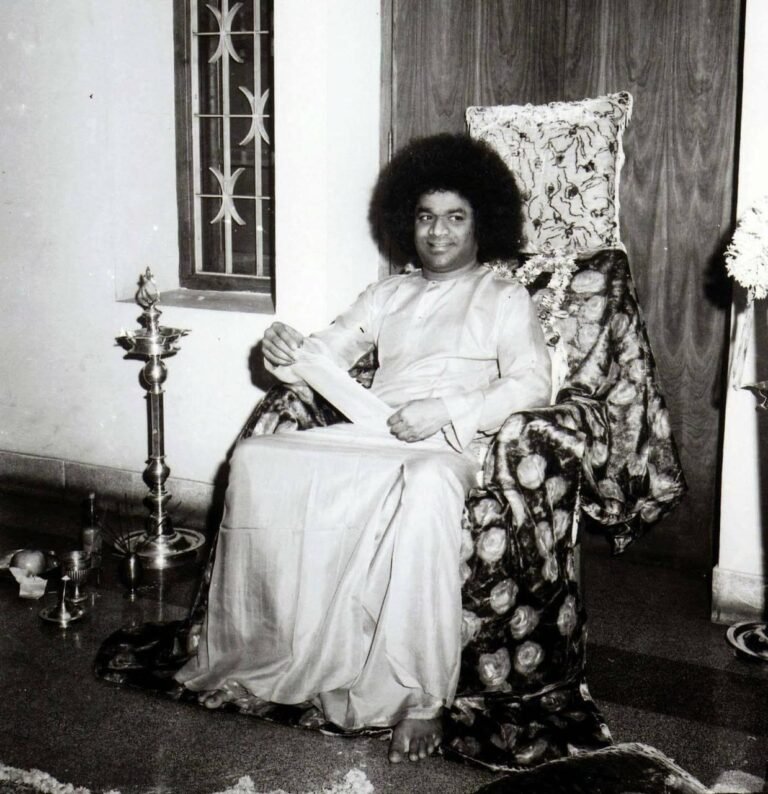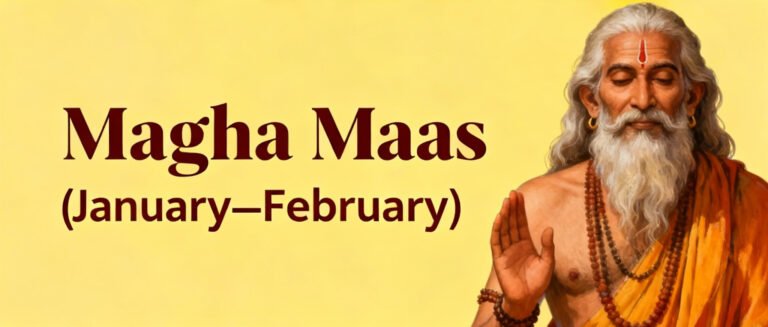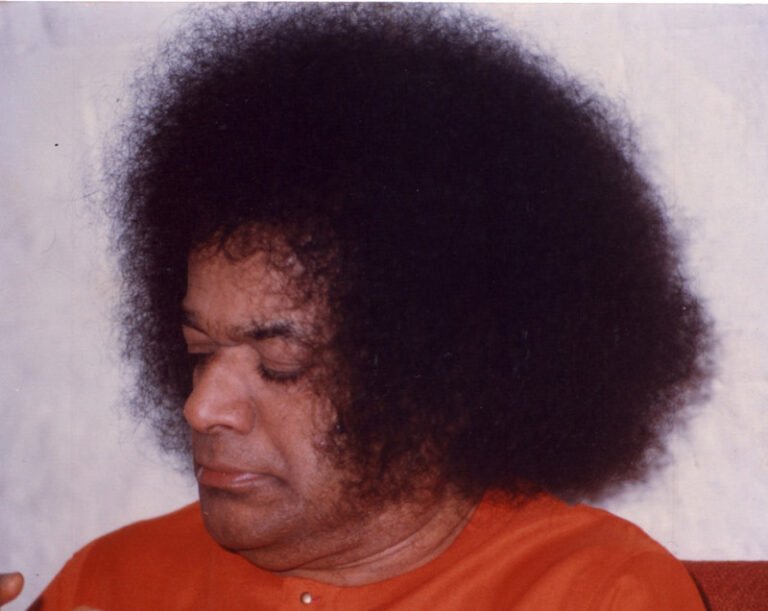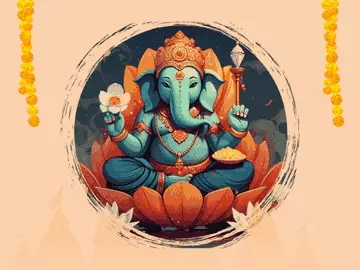Ashadha (June–July)
Ekadashi In The Month Ashadha (June–July) 🌿 Yogini Ekadashi – Krishna Paksha (Ashadha Month) Yogini Ekadashi is a sacred fasting day observed during the Krishna Paksha (waning phase of the moon) in the month of Ashadha (June–July). It is one of the most significant Ekadashis in the Hindu calendar, dedicated to Lord Vishnu, the preserver and protector of the universe. Observing this Ekadashi with devotion is believed to destroy sins, remove diseases, and grant freedom from worldly sufferings. It is also said to bring good health, prosperity, and spiritual upliftment. 📜 Mythological Significance The greatness of Yogini Ekadashi is mentioned in the Brahma Vaivarta Purana, where Lord Krishna explains its importance to King Yudhishthira. In ancient times, there lived a powerful King named Kubera, a great devotee of Lord Shiva. He employed a gardener named Hema Mali, who was responsible for collecting flowers to offer in the daily worship of the Lord. Hema Mali was deeply devoted but was also very attached to his beautiful wife, Vishalakshi. One day, he neglected his duty and failed to bring flowers for the king’s offering because he was lost in pleasure with his wife. Angered by this disrespect toward Lord Shiva, King Kubera cursed him to suffer from a terrible disease and be separated from his wife. Due to the curse, Hema Mali fell from his royal position and lived in misery in a forest, suffering from leprosy. After wandering for many years, he met Sage Markandeya, who advised him to observe Yogini Ekadashi Vrat to atone for his sins. Following the sage’s instructions with complete faith, Hema Mali fasted and prayed to Lord Vishnu on this sacred day. Through divine grace, his sins were destroyed, his disease was cured, and he was reunited with his wife. Hence, it is believed that those who observe Yogini Ekadashi sincerely are freed from sins and gain health, happiness, and divine blessings. 🌼 Rituals and Observance 💫 Spiritual and Health Benefits 🕉️ Essence of Yogini Ekadashi Yogini Ekadashi teaches the value of duty, devotion, and discipline. Just as Hema Mali was redeemed through faith and fasting, devotees are reminded that no sin is too great when one sincerely turns to God. This Ekadashi symbolizes inner purification and the power of repentance and divine forgiveness. Fasting on Yogini Ekadashi is not only a religious act but also a way to align the body, mind, and soul with higher consciousness — leading to a life filled with purity, gratitude, and devotion to Lord Vishnu. 🌞 Nirjala Ekadashi🌙 Devshayani Ekadashi – Shukla Paksha (Ashadha Month) Devshayani Ekadashi, also known as Ashadhi Ekadashi, Hari Shayani Ekadashi, or Padma Ekadashi, falls during the Shukla Paksha (waxing phase of the moon) in the month of Ashadha (June–July). It marks one of the most significant Ekadashis in the Hindu calendar — the day when Lord Vishnu, the preserver of the universe, goes into a divine slumber (Yoga Nidra) in the Ksheer Sagar (cosmic ocean of milk). This period of rest continues for four months, known as the Chaturmas, and ends on Dev Uthani Ekadashi (Prabodhini Ekadashi) in the month of Kartika (October–November). During this time, all major auspicious activities such as marriages, housewarmings, and large rituals are usually postponed. 📜 Mythological Significance According to the Bhavishya Purana and Padma Purana, Lord Vishnu once decided to rest after creating and sustaining the universe. On this sacred day of Ashadha Shukla Ekadashi, He lay down on the divine serpent Adi Shesha in the Ksheer Sagar, surrounded by Goddess Lakshmi and other celestial beings. While Lord Vishnu is in this yogic sleep (Yoga Nidra), Lord Shiva and Goddess Parvati take over the responsibility of maintaining cosmic balance. It is believed that the gods, sages, and humans also use this period for spiritual reflection, devotion, and purification. Another legend states that King Mandata, who once lost his prosperity and peace due to the sins of his subjects, observed this Ekadashi with faith. Pleased by his devotion, Lord Vishnu restored prosperity and harmony to his kingdom. 🌺 Spiritual Meaning of Devshayani Ekadashi This Ekadashi represents rest, renewal, and surrender. As Lord Vishnu rests, devotees are reminded to pause, reflect, and strengthen their spiritual foundation. The four months of Chaturmas that begin from this day symbolize an inward journey — a time to cultivate self-control, purity, and devotion. During this time, devotees are encouraged to engage in spiritual activities like: 🌼 Rituals and Observances 1. Dashami Preparation (Day Before Ekadashi) 2. Ekadashi Day (Main Fast and Worship) 3. Dwadashi (Breaking the Fast – Next Day) 🕉️ Spiritual Benefits of Devshayani Ekadashi ✨ Removes Sins and Negative Karma: It purifies the soul and eliminates the burden of past misdeeds.✨ Brings Prosperity and Peace: Observing this vrat ensures wealth, harmony, and happiness in the family.✨ Protection and Blessings: Lord Vishnu’s grace protects devotees from evil influences and misfortune.✨ Leads Toward Moksha: The fast helps in detaching from material life and progressing toward liberation.✨ Initiates Chaturmas Vrat: This Ekadashi marks the beginning of the holy four-month period of intense devotion. 📖 Scriptural Reference In the Padma Purana, Lord Krishna tells Yudhishthira: “He who observes Devshayani Ekadashi with devotion and sincerity attains all happiness in this life and liberation after death. This day marks My sleep in Yoga Nidra, and whoever worships Me now gains the merit of a thousand sacrifices.” 🌞 The Four Sacred Months – Chaturmas During these four months, devotees focus on self-discipline, vegetarian diet, chanting, charity, and divine contemplation. 🌼 Essence of Devshayani Ekadashi Devshayani Ekadashi is a reminder to pause and turn inward — just as Lord Vishnu rests, devotees are encouraged to rest from worldly desires and rejuvenate spiritually. It marks the beginning of a sacred phase of reflection, faith, and devotion. By observing this Ekadashi, one receives the boundless blessings of Lord Vishnu and Goddess Lakshmi, gains inner peace, and moves closer to ultimate liberation (Moksha).
Ashadha (June–July) Read Post »


